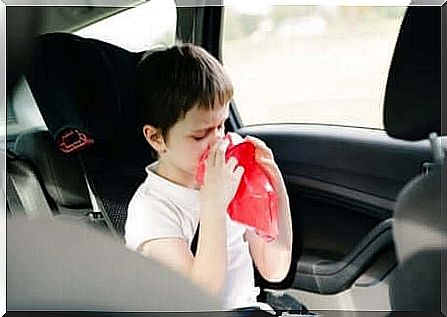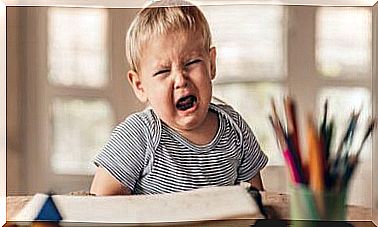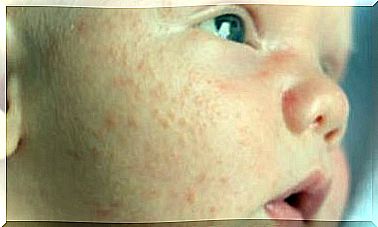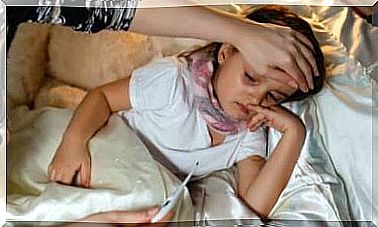Causes Of Vomiting In Children

Vomiting in children is a frequent occurrence that, in most cases, does not last more than a day or two, and is not a sign of anything serious. In fact, the most common cause of vomiting in children is gastroenteritis, an infection of the intestine usually caused by a virus or bacteria. However, there are other triggers.
We need to be careful with this problem, as persistent vomiting episodes can sometimes cause the child to dehydrate. One way to prevent this is with oral rehydration solution, a powder that turns into a drink and contains sugar and salts to help replace water and minerals lost from vomiting.
Children who are vomiting should continue to take small sips of fluid, such as water or broth. Fruit juice and soft drinks should be avoided until they feel better.
On the other hand, if they are not dehydrated and have not lost their appetite, it may be helpful to eat solid foods, just as under normal conditions.
Causes of vomiting in children
Vomiting in children can occur for different causes. These are the most frequent:
1. Gastroenteritis
This condition is the first cause of vomiting in children. It is the most common digestive disorder among children and is a serious cause of dehydration, as it causes an imbalance of chemicals in the blood through the loss of bodily fluids through vomiting and feces.
Likewise, it is an inflammation of the digestive tract that produces vomiting, diarrhea, or both. Sometimes it is accompanied by fever or abdominal cramps and can last from two days to a week.

Generally, gastroenteritis is caused by a viral, bacterial, or parasitic infection. The best way to prevent it is to instruct children to wash their hands constantly and, in addition, to teach them to avoid improper storage of food and contaminated water.
In most cases, rehydrating fluids and solutions are given for recovery, although it is always necessary to consult the doctor for a proper diagnosis.
2. Food allergies
Food allergies can also cause vomiting in children, as can other symptoms such as a rash or hives. That’s why it’s very important that you consider the foods that make your child vomit and see your doctor to find out if your child is allergic to them.
It is possible that vomiting is accompanied by diarrhea. Episodes usually last a maximum of two days. Likewise, among the foods that can cause allergy and, therefore, vomiting in children, the following stand out: egg, wheat, oilseeds, milk, fish and shellfish.
3. Appendicitis
Appendicitis is a painful inflammation of the appendix that causes severe abdominal pain and gets worse over time. So if you notice that your child has a tummy ache that gradually gets worse and you think it might be appendicitis, see your doctor right away.
Unfortunately, in most cases of appendicitis in children, it is necessary to surgically remove the appendix as soon as possible.

4. Other infections
On the other hand, infections are also a common cause of vomiting in children, some of which can even be serious. In any case, if your child vomits repeatedly and has other symptoms such as fever, lethargy or pain, it is appropriate to see the doctor immediately.
In general, infections in children cause symptoms similar to those seen in adults and do not need special attention. They often generate diarrhea, fever and abdominal cramps. However, they can also be treated over time and on the basis of rest, rehydration and soft foods.
Finally, remember that vomiting in children is common and you shouldn’t be overly concerned. Ideally, however, you should consider the causes that produce these symptoms so you know how to act and when it’s time to see your doctor.
Also, don’t forget that vomiting is unpleasant, but usually not harmful. On the other hand, continuous vomiting episodes can lead to dehydration. So it’s important to make sure your child gets enough fluid.









